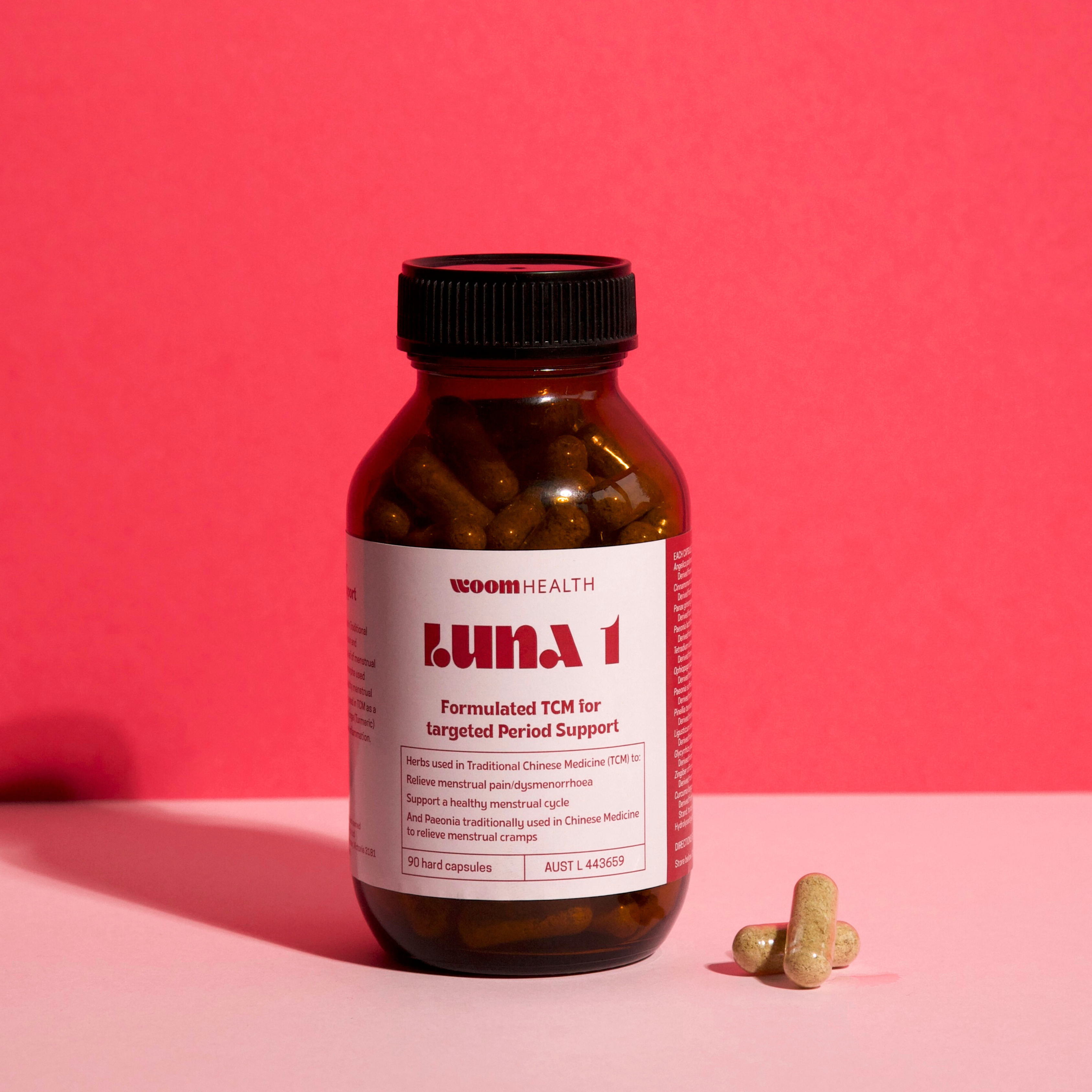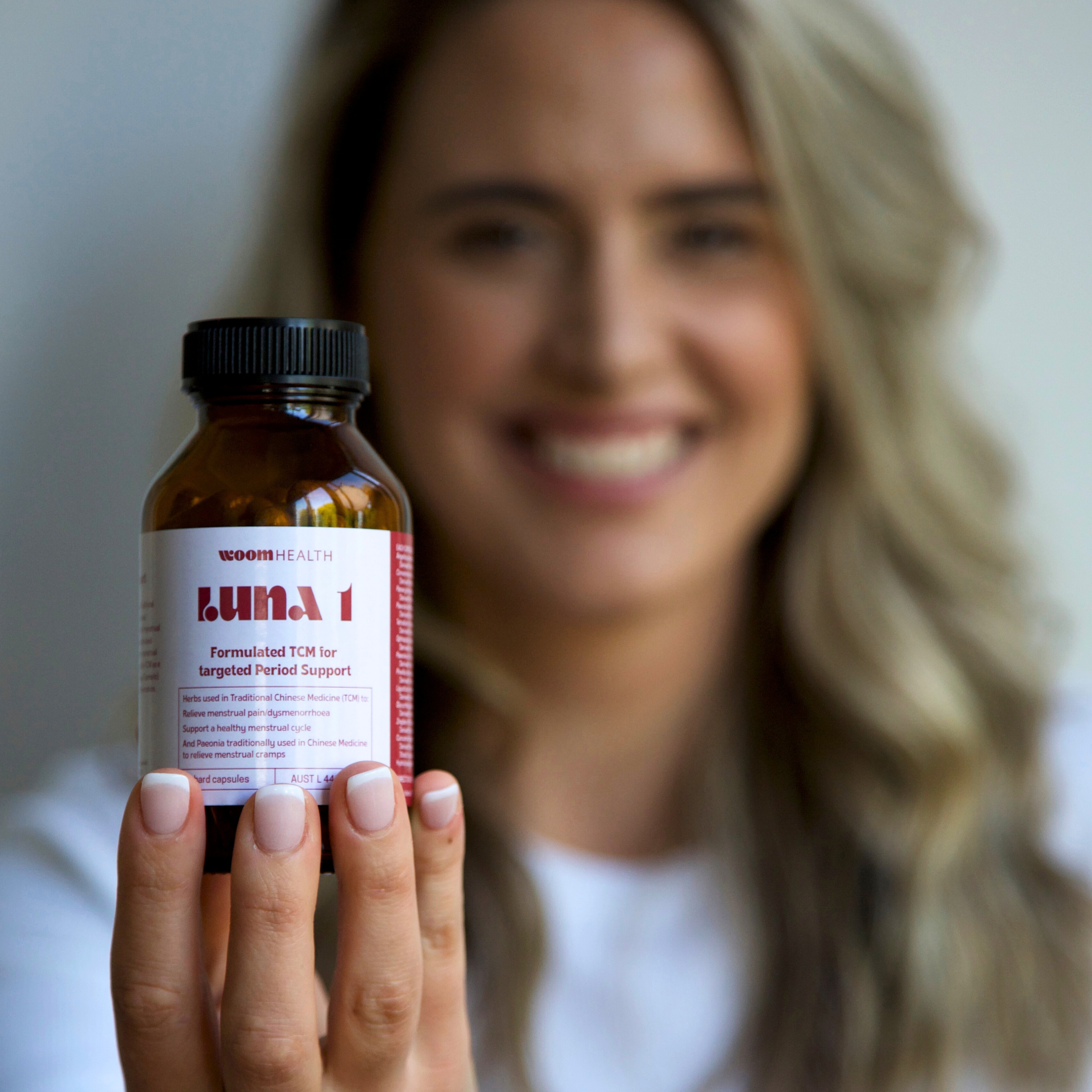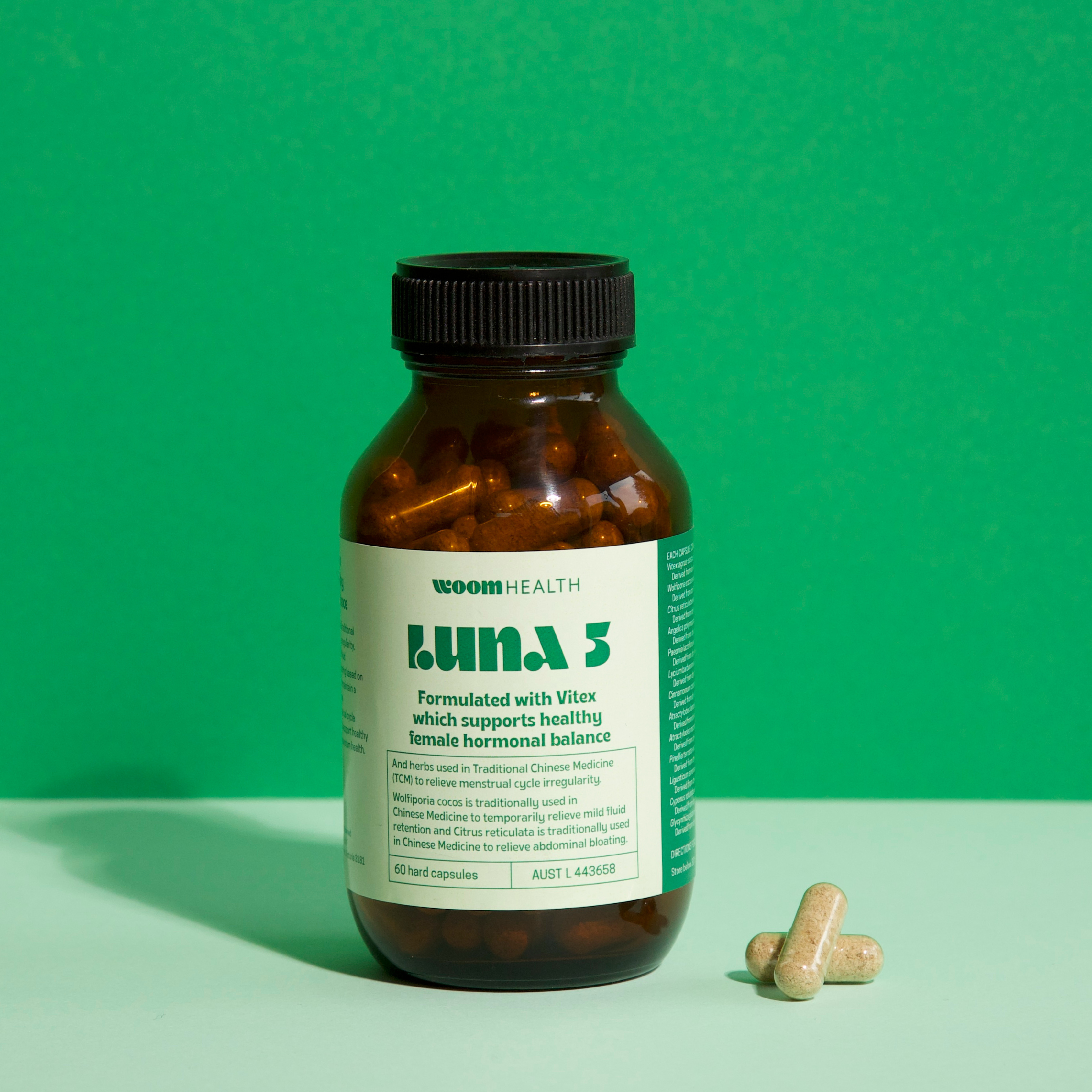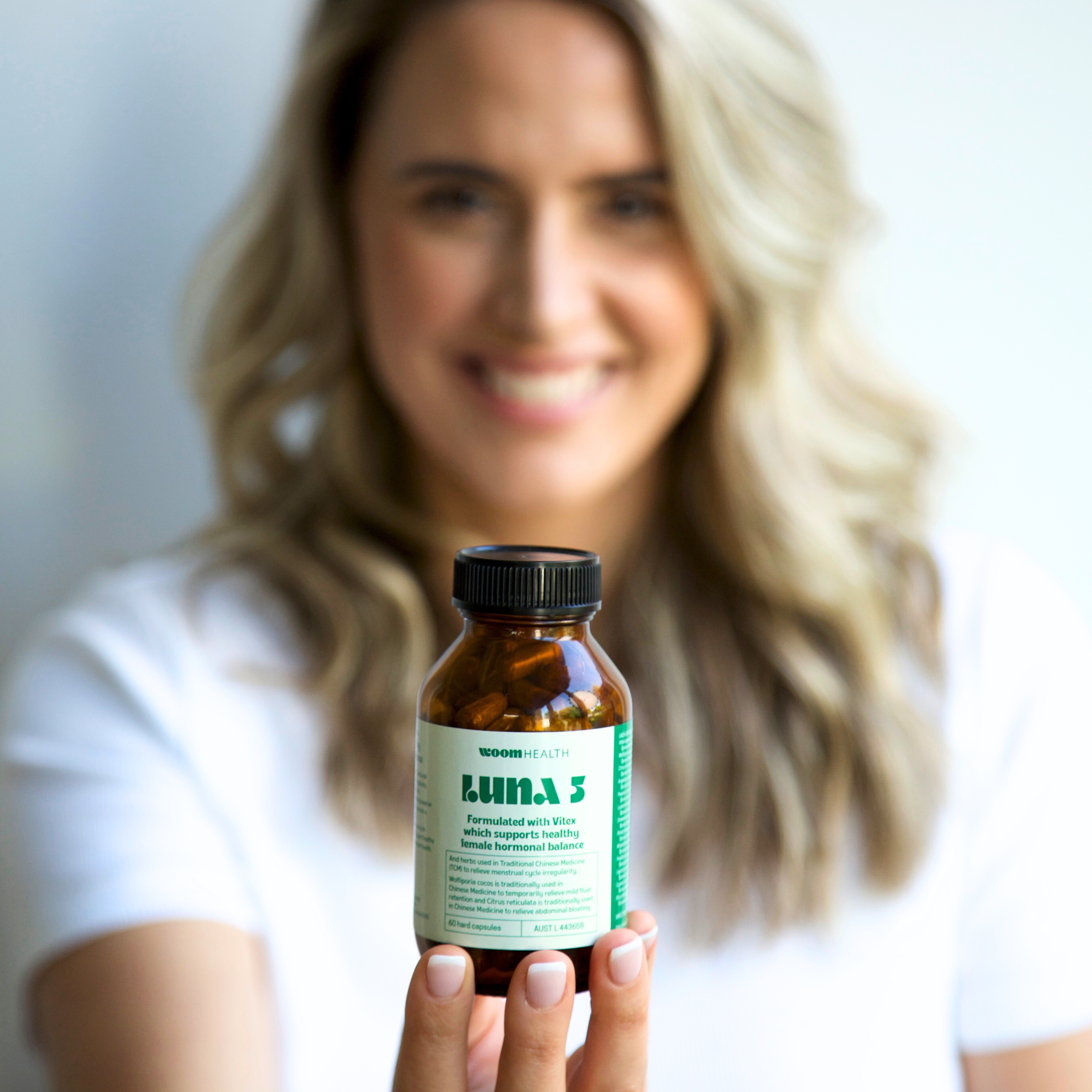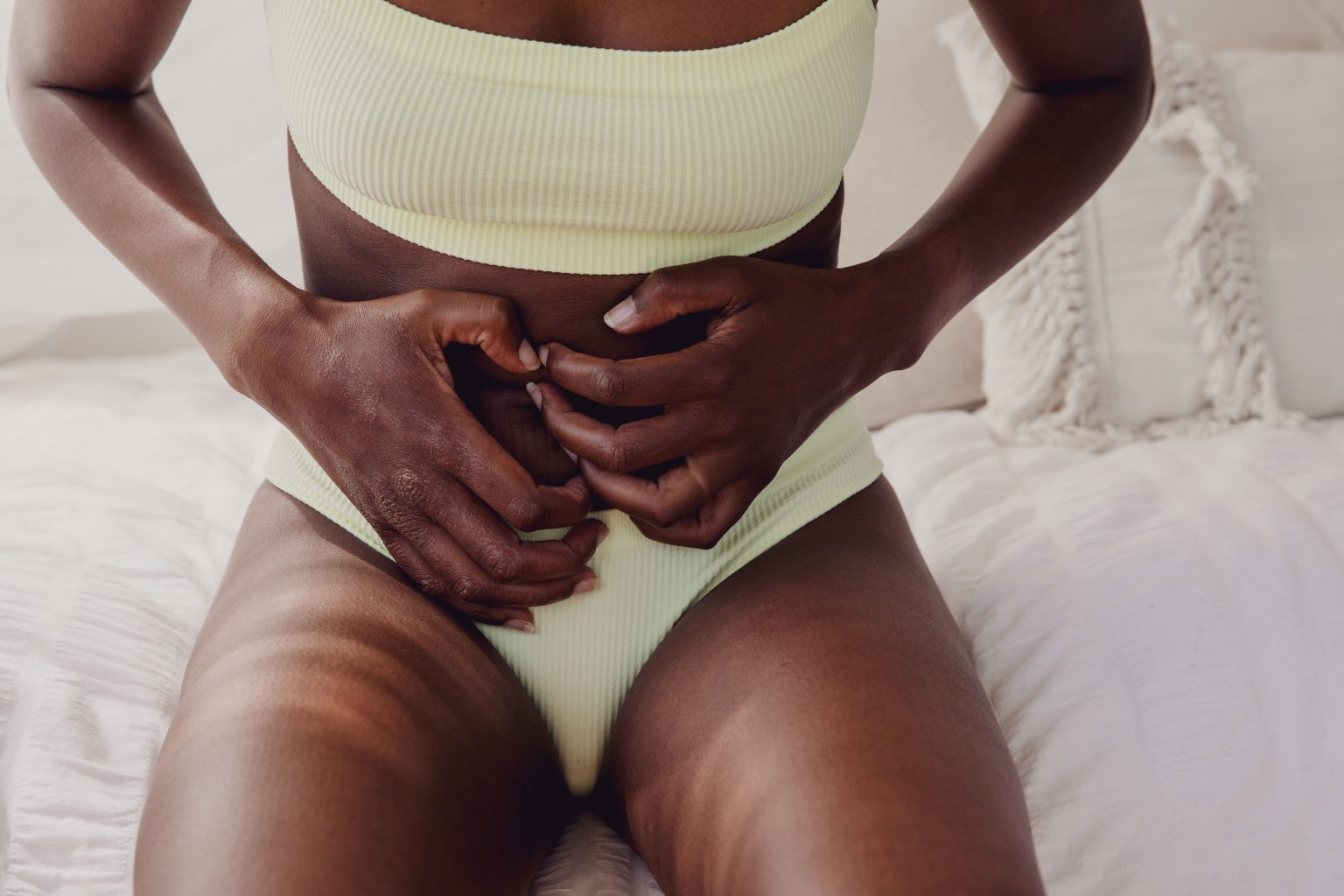Understanding Your Cycle
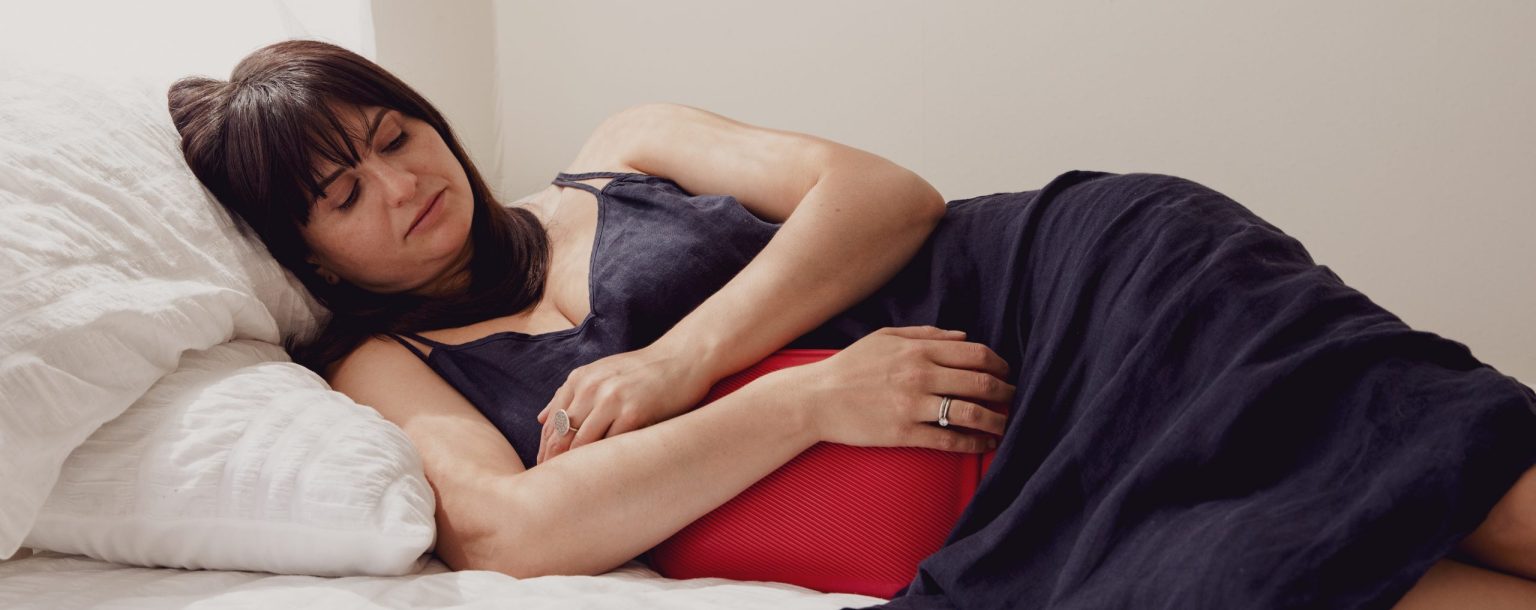
When we sit back and think about what we carry through to adulthood and what we go through in our lives, being our periods each month- we realise a lot of us actually don’t really know much about them. We just have a bleed and move on with life.
Teresa Truda & Dr Amanda Waaldyk sat down and discussed understanding our 5th Vital Sign, our period.
How do our cycles actually work?
So we have menstruation, that’s the time that we bleed and we can all relate to that because it’s very visual. We have our second phase, which is our follicular phase. This is where we recruit a dominant follicle and produce the hormone stimulating FSH. FSH encourages a dominant follicle to grow. The next stage is our ovulatory phase, and this is the phase that we are deemed our most fertile in our cycle. Lastly, comes our Luteal Phase. After this we then go back into this repeated cycle. The main dominant hormones in the arena are estrogen and progesterone.
In our menstruation phase, the hormones estrogen and progesterone drop to a base level. This signals to the endometrial lining that it should start to shed. As the endometrial lining starts to shed, we then see our menstrual blood which is what is deemed a period.
Our follicular phase encourages estrogen to stimulate our cervical fluid, which is also known as our fertile fluid. This is what helps sperm to travel and make our room nice and fertile! This is also something that is really visual as well.
As we come up into ovulation, which is our mid cycle phase, the rise in estrogen causes the luteinising hormone to surge. For those on their fertility path, that is when you test for ovulation using your pee stick, if you see a smiley face it means that your body is ready to release the follicle to release an egg; which then travels down the Fallopian tube. Once the follicle has released that egg, it basically morphs into the corpus luteum; which is what produces progesterone which is what supports implantation. Progesterone also encourages our endometrial lining to be nice and thick and receptive.
So is there really a 24 hour window that I ovulate?
Yes, so when you ovulate and release an egg you have a fertile window of realistically 12-24 hours; which means you’re actually not fertile throughout your whole cycle. This explains why some menstruators get confused as our cycle varies from length.
Tell me more about our cycle lengths and days.
On day 1 to day 5, you would generally call this menstruation which is when you bleed. From day 5 to 14, you are in your Follicular phase. Day 14 to 18, you are typically in your Ovulation phase. After day 14, we have two weeks in our Luteal phase which is what we typically call the ‘two week wait’, particularly when we are on our fertility journey. Then we start our cycle all again. If we don’t conceive and the embryo doesn’t implant into the endometrial lining, the endometrial lining then sheds and we bleed. Our menstrual bleed is a detox and cleanse. It’s letting go of the old. If we haven’t conceived, the lining changes and it gets ready to shed and to release, inflammation, cytokines, different cells and vaginal secretions. It’s great to know what day you are on because it means your moods have an explanation!
What does it mean to be a cyclical rhythmical being? How do we relate that to our cycle?
We are nature. We are the cyclical beings and women and menstruators follow the seasons just as their cycle does. We have our inner seasons and we have winter, which is menstruation. It’s a time of hibernation, a time to really slow down and to honour that process of having your bleed and a time to really journal your thoughts. You’ll notice your energy starts to decrease at that time as well. It’s a really important time as you are losing blood but also losing energy to replenish. Eating nourishing foods, not over exercising and to go within because menstruation is a very spiritual journey, and I think living in this current Western world, we have truly lost that connection.
As we come into our follicular phase, it’s spring. We are producing estrogen and feel a bit more vibrant. We have more energy to socialise and do projects. You want to be more connected, you’re also more connected to yourself.
Then, coming into ovulation; we call this Summer. So with our hormones, our libido, energies up, mood up too- it’s a great time.
Our Luteal phase is autumn. As we step into Autumn, our body preps for winter again. It’s a time to start taking things a bit slower after a crazy summer.
I think it’s really important to start to tune into those inner seasons and listen to what our body is saying, because it is essentially a communication system and those hormones are so well orchestrated that every month our body knows exactly when it is mid cycle to release an egg.
Is it possible to skip ovulation during some cycles?
There are certain conditions, such as polycystic ovarian syndrome which can cause any irregularity in cycles. A regular cycle would be if you were tracking your cycle and each month we ovulate from different sides; our left and right ovaries. Sometimes you may have a dominant side that you ovulate from which can make a difference in the total length of your cycle.
How does stress impact our cycle?
Our HPO axis is up in our brain. It basically detects what’s happening in our external environment, and that information is then relayed to our internal environment. Our hormones then respond through our ovaries and affect our hormonal balance. When we are in a high stress situation, our body tells us we are too stressed; which impacts the neurotransmitters between our hypothalamus pituitary gland and ovaries creating a disruption. Your cycle length can also be disrupted during high stress times. It’s so important to use the tools of meditation, talking to people and being able to release your stress so your body can respond accordingly.
What is our 5th Vital Sign?
Our 5th Vital Sign is from the American Gynaecology and Obsessive Board coined the term in 2015. It relates to our period and it’s a female only sign. So just like our body temperature, our respiratory rate, our heartbeat and our blood pressure make us live and breathe, our period is also recognised as a vital sign.
Want to find out more?
This post has been extracted from our conversations in our Womb Talks IGTV series. To listen or watch our episodes, visit YouTube or listen to our Podcast.
Click on the video below to watch the full episode.
ANP are creating a revolutionary movement, and it all starts with each and every menstruator (that’s you) understanding the fundamentals of their 5th vital sign (their menstrual cycle).
Get social & follow us for the latest on your gynae health:
